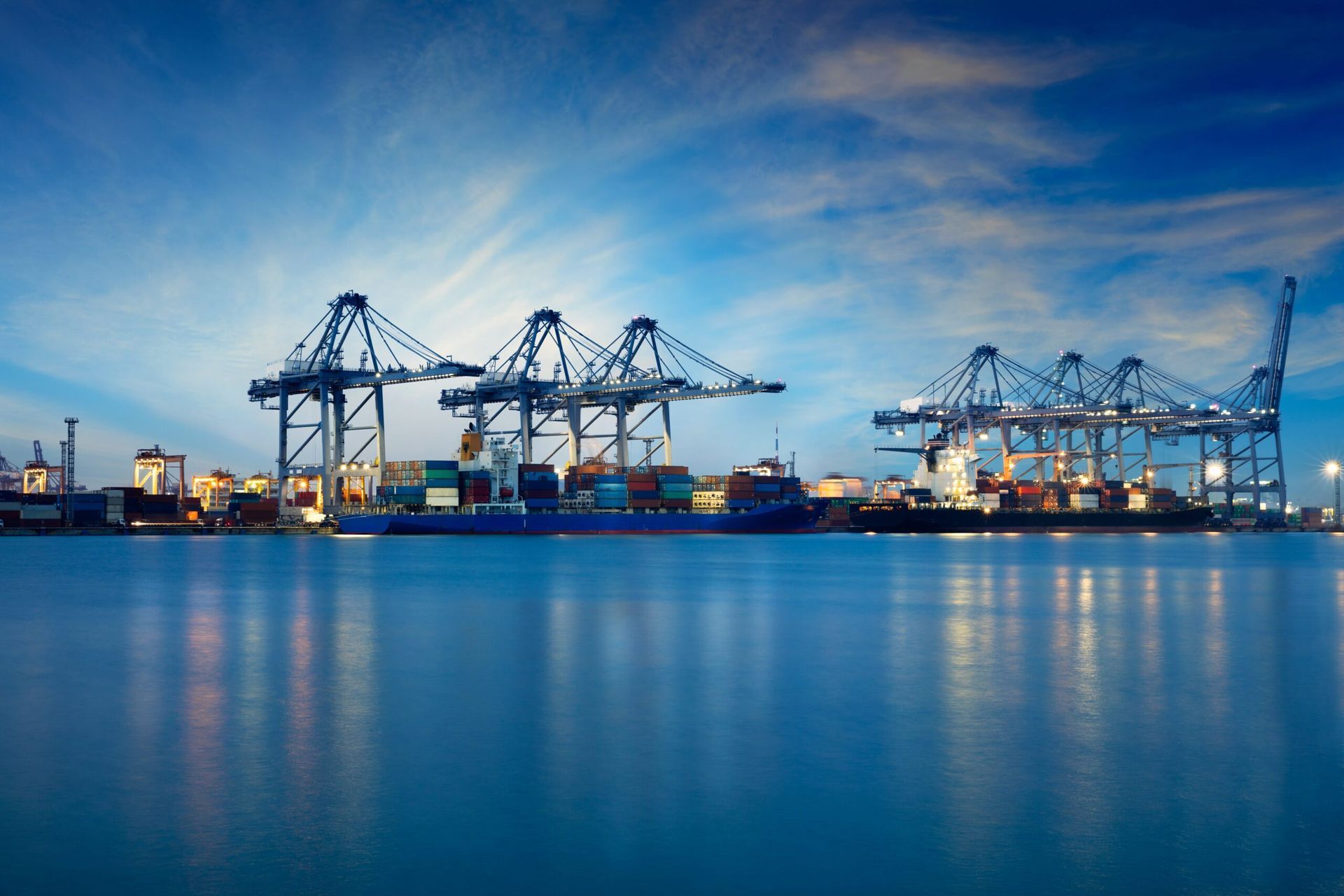2025 MG3 Crash Test Failure - Why Safety Ratings Matter for Car Shipping?
Why Safety Ratings Matter for Car Shipping in the U.S. & Hawaii?
What Happened in the MG3 Crash Test?
During the 2025 Euro NCAP crash evaluation, the driver’s seat-adjuster mechanism in the MG3 hatchback failed under impact. The seat latch, which should lock the driver’s seat firmly to the floor rails, gave way during a standard urban-speed collision. Because the seat shifted, the driver’s head struck the steering wheel, even though the airbag deployed.
Euro NCAP called the incident unprecedented. Programme director Aled Williams warned, “It is troubling to find a car on sale in 2025 with a fundamental weakness in its seat latching mechanism, an essential part of the car’s occupant restraint system.”
Australia’s ANCAP chief executive Carla Hoorweg echoed the concern, saying the seat-latch failure is “not something we expect to see, and is cause for caution.”
Safety officials noted that this is the first time since Euro NCAP began testing cars in 1997 that a seat-adjuster has broken during a crash test. The rare defect not only raises doubts about the MG3’s structural integrity, but also highlights how current rating systems can miss, or fail to penalize, such a critical hardware failure.
Why Safety Ratings Should Matter to Car Owners?
Crash-test programs such as Euro NCAP in Europe and ANCAP in Australia simulate real accidents to see how well a car protects its passengers. In the United States, the National Highway Traffic Safety Administration (NHTSA) and the Insurance Institute for Highway Safety (IIHS) run similar tests. These agencies measure things like how well airbags deploy, how the seatbelts hold, and how the vehicle’s frame absorbs impact. The results are usually given as a star rating or a “Good/Acceptable/Marginal/Poor” score so buyers can quickly compare safety levels across different models.
A strong crash-test rating builds buyer confidence and helps keep resale value higher. Cars with poor ratings, or with unexpected failures like the 2025 MG3 seat-latch issue, often lose value faster because shoppers see them as risky or unreliable. Insurance companies may also charge more to cover a car with a weaker safety record.
Whether you’re choosing from the safest car brands 2025 or considering a used vehicle purchase, checking official safety ratings is a simple step that protects both your investment and the people riding inside.
Safety Ratings and Vehicle Transport
When a car is shipped over long distances, whether it’s crossing the U.S. mainland or heading across the Pacific to Hawaii, every part of the vehicle is exposed to vibration and movement. If a component is already fragile, such as the MG3’s seat-latch mechanism that failed in crash testing, it could loosen or suffer additional stress during loading, tie-down, or transit. Even if the car never experiences a collision, weak structural parts can be more prone to small damages when the vehicle is strapped and secured for transport.
A car’s crash-test score might hint at its build quality, but professional auto transport services are designed to safeguard vehicles regardless of their rating. Whether you’re moving one of the safest car brands 2025 or a budget model with a controversial crash result, the right transporter provides the extra layer of protection so your vehicle reaches its Hawaiian or mainland destination secure and ready to drive.
Tips Before You Buy or Ship a Car
1. Check Crash-Test Results and Recalls
Before you hand over money for a vehicle new or used look up the latest crash-test scores from trusted sources. In the U.S., check the National Highway Traffic Safety Administration (NHTSA) and the Insurance Institute for Highway Safety (IIHS). Also review any active recalls on the manufacturer’s website or at safercar.gov. A quick check can reveal hidden issues like the 2025 MG3 seat-latch failure or other safety defects that might affect your decision.
2. Get a Shipping Car Quote from a Trusted Company
If you’re moving your vehicle across the country or shipping a car to or from Hawaii, always request a shipping car quote or use car transport estimate services before booking. Comparing quotes helps you see what’s included insurance coverage, transit times, and the type of carrier so you know you’re getting reliable service at a fair price.
3. Choose Affordable Auto Transport Solutions with Proven Safety Practices
Select a transporter with a track record for safety and reliability. Look for carriers that:
- Provide full inspection reports before and after shipping.
- Use soft or wheel straps to avoid pressure on the frame.
- Offer enclosed transport if you want extra protection for luxury or classic cars.
FAQ's
Why do crash test ratings matter for car owners?
Crash test ratings show how well a vehicle can protect passengers in an accident. Cars with low ratings, like the MG3, may have weaker designs, faulty seat latches, or higher risks of injury.
What happened in the 2025 MG3 crash test?
The MG3 failed key safety tests, including structural integrity and driver protection during impact. The poor results raised concerns about the car’s overall build quality and safety features.
How does vehicle safety affect car shipping?
During auto transport, carriers secure vehicles tightly with straps and tie-downs. If a car has weak parts (like seat adjusters or latches), shipping could cause extra stress or damage. Safety ratings give shippers a better idea of a vehicle’s durability.
Can a car still be shipped safely if it has a poor safety rating?
Yes. Professional auto transporters use specialized equipment and inspections to secure vehicles safely, even if the model itself has weak points. Choosing a trusted transporter reduces risks during shipping.
What should I check before shipping my car?
- Review your car’s safety ratings and recall history.
- Remove personal belongings.
- Document existing damage with photos.
- Get a reliable shipping car quote from a trusted company.
Does choosing a safer car lower shipping risks?
Yes. Cars with strong build quality are less likely to suffer from tie-down pressure, road vibrations, or minor transport stress. While carriers can ship any car, safer cars naturally handle the process better.












